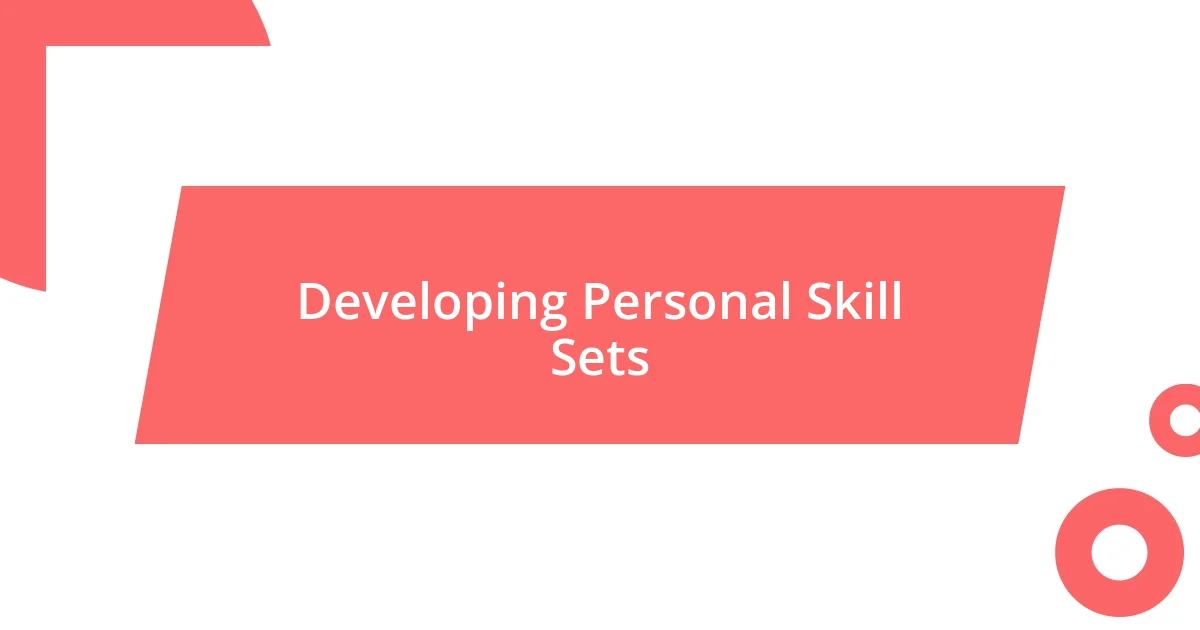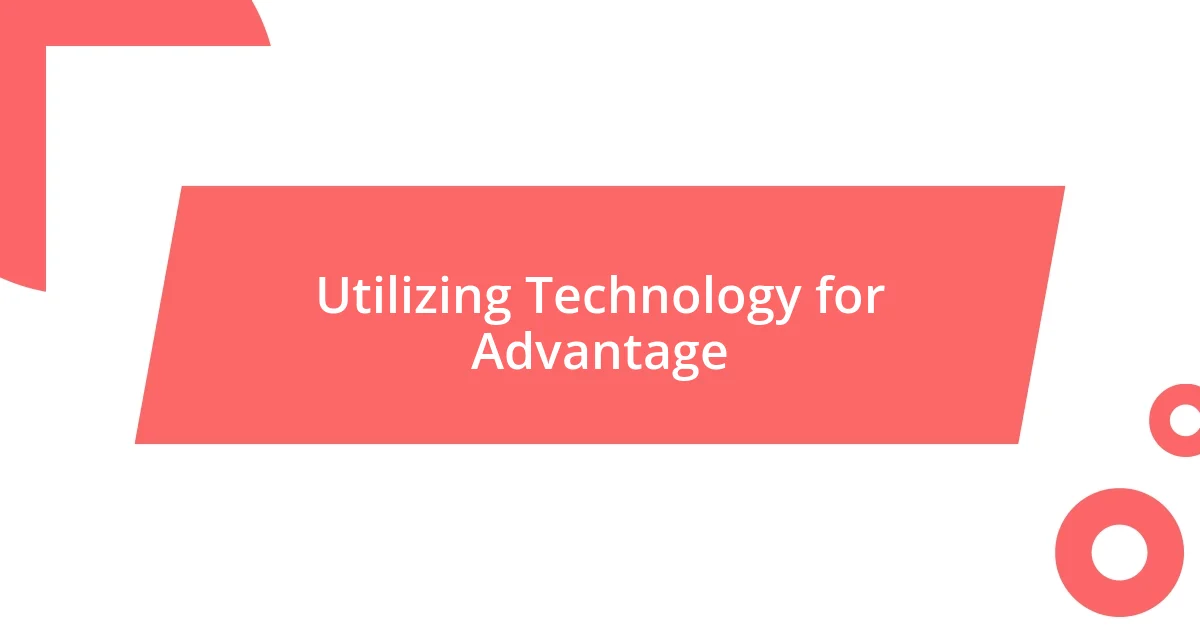Key takeaways:
- Effective communication and teamwork are crucial in competitive gaming, enhancing synergy and execution of strategies.
- Continuous game analysis through statistics, timing, and awareness of the meta is essential for adapting to opponents and improving performance.
- Reflecting on experiences and learning from both wins and losses fosters personal growth and strategic development in gameplay.

Understanding Competitive Gaming Strategies
Understanding competitive gaming strategies requires a deep dive into both tactical and psychological elements. I remember when I first started playing competitively; there were moments when my gut feeling led me to make critical decisions that unexpected moves could turn the tide of a match. Isn’t it fascinating how intuition plays a role alongside careful planning in gaming?
At its core, competitive gaming is about analyzing your opponents’ behaviors and adapting your strategies accordingly. I often find myself studying replays to identify patterns—like a detective piecing together clues. How many of you have taken that extra hour just to refine your strategy, only to find out it was the little adjustments that made all the difference?
Moreover, communication and teamwork stand as foundational aspects in many games, particularly in team-based formats. There were countless nights with friends huddled around screens, discussing strategies and learning to read each other’s signals. Have you ever felt that exhilaration when a well-rehearsed strategy comes to life in a match? It’s not just about playing; it’s about connecting with your teammates and evolving together.

Key Elements of Game Analysis
Analyzing a game isn’t just a mechanical process; it’s about understanding the rhythm of gameplay. I remember one tense match when I realized the importance of timing—knowing when to strike and when to play defensively changed everything for our team. Have you ever noticed how some players seem to anticipate every move? That kind of foresight often comes from extensive analysis and personal experience.
Another critical element in game analysis is the evaluation of statistics. Tracking everything from kill-death ratios to objective completions can unveil patterns that might not be immediately obvious. There was a time when I meticulously logged my performance after every gaming session, which revealed shocking trends; for instance, I underperformed in matches when I didn’t communicate effectively with my teammates. Gathering and understanding data empowers us to make those informed adjustments that truly level up our gameplay.
Lastly, understanding the meta—the most effective tactics available—is essential. I vividly recall diving into forums and discussions about the evolving strategies in my favorite games. It was as if I were part of a living, breathing organism, adapting with every update and patch. Isn’t it exhilarating to think how much knowledge is available at our fingertips, helping us adjust our approaches to stay ahead in competitive play?
| Key Element | Description |
|---|---|
| Timing | Understanding when to attack or defend based on in-game situations. |
| Statistics | Analyzing player performance metrics to identify areas for improvement. |
| Meta Awareness | Staying updated on the latest tactics and strategies within the game community. |

Building Effective Team Communication
Building effective team communication in competitive gaming is a game-changer, quite literally. I remember a specific tournament where our team was just a step away from a major upset, but the lack of clear communication sank us. The moment I voiced the need for structured calls—like “Push now!” or “Defend!”—everything changed. It was as though a fog had lifted, and we could see the path forward together, channeling our focus and energy into a unified strategy.
Here are some effective methods to enhance communication within your team:
- Establish Code Words: Develop shorthand for common strategies or alerts to streamline communication.
- Regular Check-Ins: Host brief meetings post-match to analyze what worked and what didn’t.
- Use Voice Communication Tools: Leverage platforms like Discord for in-the-moment discussions, ensuring everyone is on the same page.
- Encourage Open Dialogue: Create an environment where team members feel comfortable voicing concerns or suggestions without fear of judgment.
By prioritizing these communication tools, a team’s synergy can multiply its effectiveness on the battlefield. I’ve seen firsthand how the simplest adjustments in communication can transform a team from disjointed players into a cohesive unit that anticipates each other’s moves.

Adapting to Opponent Strategies
Adapting to your opponent’s strategies can truly turn the tide of a match. I’ll never forget a heated scrim where our rivals seemed to predict our every move. It was in that moment I realized that instead of sticking rigidly to our planned tactics, we needed to become more fluid, switching up our approach based on their reactions. Have you ever felt the adrenaline rush when you outsmart an opponent? It’s a rush that keeps you coming back for more.
One tactic I found effective was observing the patterns in my opponents’ gameplay. There was a match where I noticed they consistently favored aggressive strategies at the beginning but always pulled back mid-game. By adjusting our playstyle to be more defensive at first, we managed to catch them off guard when they finally switched to their usual rhythm. That little spark of insight turned our defensive play into an unexpected advantage. Don’t you just love finding those little cracks in enemy strategies?
Furthermore, I’ve learned that communication within your team is vital during these adaptive moments. There was a match where I called out, “Let’s try the surprise flank!” right after identifying a gap in their defenses. It was exhilarating to see my teammates instantly shift gears, using that chance to execute a play that led us to a decisive victory. When you actively engage with your team about these adaptations, it creates a dynamic atmosphere where everyone feels involved and capable of making impactful decisions. How have you navigated those pivotal moments in a match?

Developing Personal Skill Sets
Developing personal skill sets is an essential aspect of excelling in competitive gaming. From my own journey, I found that focusing on key areas such as timing and precision can drastically enhance performance. For instance, during my practice sessions, I dedicated time purely to honing my reflexes. I set up scenarios repeatedly, challenging myself to execute a perfect headshot in a specified timeframe. With each successful hit, I could feel my confidence soar.
I’ve also discovered that analyzing one’s own gameplay is invaluable. There was a time when I meticulously reviewed my past matches, noting patterns in my mistakes. It was eye-opening; I learned I often mismanaged my cooldowns during critical moments. By actively addressing this, I could preemptively plan my actions, which led to more fluid gameplay. Have you ever taken the time to dissect your own performance? It can turn frustration into growth, making you not just a better player, but also a more strategic thinker.
Finally, don’t underestimate the importance of maintaining a balanced mindset. I once struggled with the pressure of performing, and it affected my focus during competitions. By adopting mindfulness techniques, I learned to stay present and manage my stress levels. Each time I sat down before a match, I would take a few deep breaths, grounding myself and allowing the game to flow naturally. Can you recall moments when you’ve felt overwhelmed? Finding calm amidst chaos can sometimes be the difference between victory and defeat.

Utilizing Technology for Advantage
I discovered the importance of utilizing technology in competitive gaming when I embraced various tools to analyze my gameplay. Once, I started using a software that provided heat maps of where I frequently engaged with opponents. This data helped me identify safe zones to reposition myself during critical moments, transforming my approach and giving me the edge I needed in high-stakes matches. Have you ever wondered how a simple tool can elevate your understanding of the game?
Moreover, I realized that communication tools can significantly enhance team dynamics. In one tournament, we employed voice chat software that allowed for instant coordination, making it easier to call out enemy movements. The real-time feedback and shared vision kept everyone in sync, even in those chaotic moments. The synergy we built through technology was palpable. Isn’t it amazing how connection can lead to collaboration?
An unexpected gem was utilizing performance tracking apps. I remember a particularly intense week of practice where I logged my session stats: reaction times, accuracy, and even fatigue levels. This insight allowed me to tailor my training regimen and rest periods better. I felt more in control and, surprisingly, more motivated. How has technology reshaped your training habits and match readiness?

Learning from Competitive Experiences
Learning from Competitive Experiences
Reflecting on competitive experiences has been transformational for me. After a particularly grueling tournament, I took the time to jot down my feelings and thoughts. I found that losing isn’t just an end; it’s a valuable teacher. Those moments where I felt defeated pushed me to uncover what went wrong and focus on specific weaknesses. Have you ever noticed how failure can unveil truths about your gameplay that success sometimes hides?
Another aspect I learned is the power of observation. During a match against an elite team, I watched how their coordination flowed like a well-oiled machine. Even outside my own gameplay, I realized that picking apart the strategies of others offers new perspectives. By analyzing my opponents’ moves, I started to see the game differently — not just as a set of individual plays but as a dance of strategy and teamwork. How often do you take a step back and observe the gameplay of others instead of just focusing on your own?
I also discovered the importance of adapting and evolving my strategies. In one particular game, I initiated a new tactic that completely turned the tide. It felt exhilarating to pivot mid-game based on what I was learning in real-time. That experience demonstrated the beauty of flexibility and how embracing change can lead to victories. Isn’t it empowering to know that each match holds the potential for growth and new insights? Every competitive experience, whether a win or loss, adds a layer to my understanding of the game.














